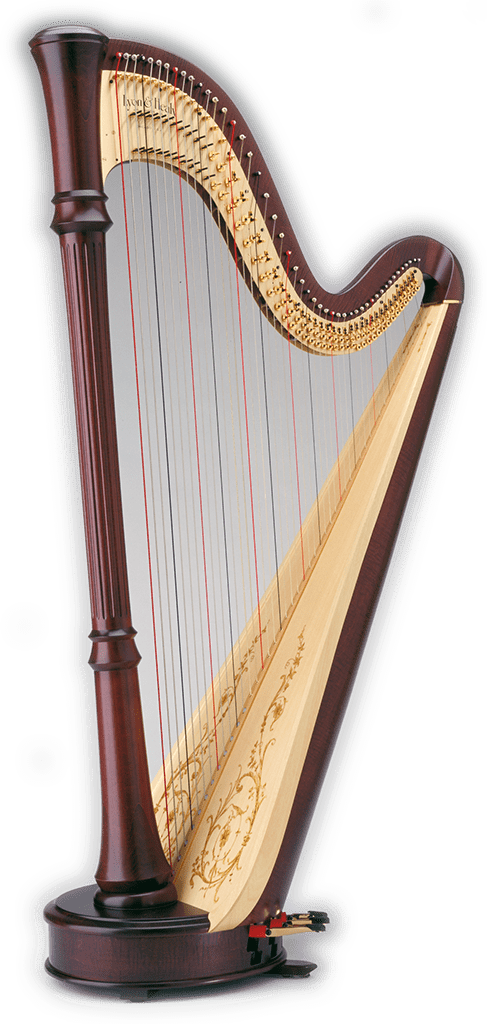Pool, Ray (arr.), American Classic Pop, Vol. 2 (Gershwin) |
 |
 |
|
|
| American Classic Pop, Vol. 2 (Gershwin) |
| Available |
These incredible arrangements of the songs of George and Ira Gershwin by Ray Pool are perfect for any lever (or pedal) harpist looking to jazz up their gig or recital repertory. With 12 fabulous songs arranged with Pool's expertise at idiomatic lever harp writing this book is a must-have for any intermediate-advanced harpist. |
|
|
These incredible arrangements of the songs of George and Ira Gershwin by Ray Pool are perfect for any lever (or pedal) harpist looking to jazz up their gig or recital repertory. With 12 fabulous songs arranged with Pool's expertise at idiomatic lever harp writing this book is a must-have for any intermediate-advanced harpist. |
|
|
Pool, Ray (arr.), American Classics Pop, Vol. 1 |
 |
 |
|
|
| A must have of Broadway standards |
| 3 Available |
12 beautiful arrangements for lever harp, equally appropriate for pedal harp. |
|
|
12 beautiful arrangements for lever harp, equally appropriate for pedal harp. |
|
|
Fox, Charles, Ancient Dance after Ravel |
 |
 |
|
|
| Solo for pedal harp |
| Available |
A hauntingly beautiful, fast-paced dance for the advanced harpist! There several pedal changes, these are marked. 10 pages. |
|
|
A hauntingly beautiful, fast-paced dance for the advanced harpist! There several pedal changes, these are marked. 10 pages. |
|
|
Liszt, Franz; trans. W. Posse, Angelus |
 |
 |
|
|
| Liszt piece transcribed for solo pedal harp |
| 1 Available |
Angelus is the first piece in the third volume of Annees de pelerinage, published in 1883. This piece has both impressionistic and expressionistic tendencies, using the whole physical and expressive range of the harp. The whole middle section is embellished with bisbigliandos, which create an indelible, uncanny effect. Moving beyond Romanticism, the beauties of Angelus take effect to unveil, with layers of meaning asking to be peeled away, one by one, and will prove to be highly rewarding. |
|
|
Angelus is the first piece in the third volume of Annees de pelerinage, published in 1883. This piece has both impressionistic and expressionistic tendencies, using the whole physical and expressive range of the harp. The whole middle section is embellished with bisbigliandos, which create an indelible, uncanny effect. Moving beyond Romanticism, the beauties of Angelus take effect to unveil, with layers of meaning asking to be peeled away, one by one, and will prove to be highly rewarding. |
|
|
arr. Claudia Place, Annie Laurie for Three Harps |
 |
 |
|
|
| Annie Laurie for Three Harps |
| 2 Available |
William Douglas of Fingle, who was in love with Annie Laurie, wrote the original poem "Annie Laurie" in 1685. It is said Mr. Douglas wrote this poem under an unlucky star, for Annie Laurie afterwards married Mr. Fergusson of Craigddoroch. This traditional Scottish song was a favorite of the Scottish soldiers during the Crimean War. |
|
|
William Douglas of Fingle, who was in love with Annie Laurie, wrote the original poem "Annie Laurie" in 1685. It is said Mr. Douglas wrote this poem under an unlucky star, for Annie Laurie afterwards married Mr. Fergusson of Craigddoroch. This traditional Scottish song was a favorite of the Scottish soldiers during the Crimean War. |
|
|
|








